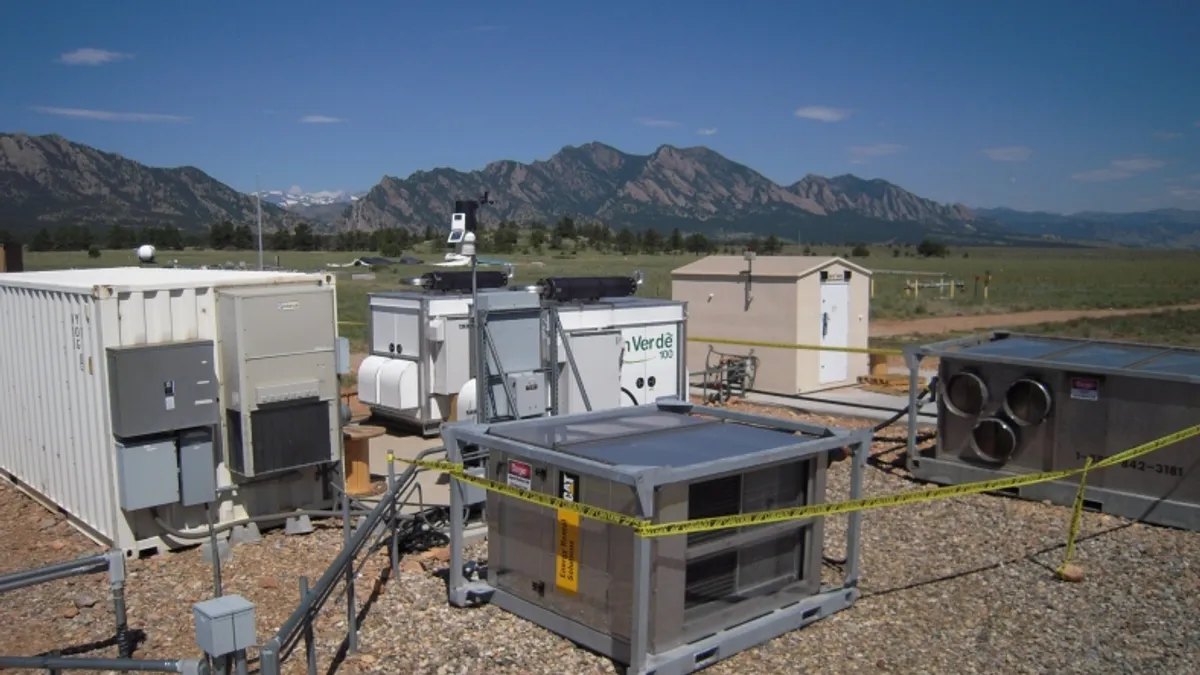Dive Brief:
- Sen. Lisa Murkowski (R-AK), the powerful chair of the Senate Committee on Energy and Natural Resources, has proposed legislation to assist isolated communities in diversifying their fuel sources by including them in the Department of Energy’s microgrid activities.
- In some smaller, rural communities where extreme temperatures fall far below zero, about 20% of the communities spend half of their disposable income on energy, primarily electricity and heat.
- S. 1227 would require the federal government to develop an implementation strategy promoting development of hybrid micro-grid systems and renewable resource options for isolated communities.
Dive Insight:
Some small, rural Alaskan communities face temperatures of 60 below zero in the winter and are forced to spend half of their income on heating and electricity – a situation advocates say makes it impossible for any economic development to take place. But Murkowski's bill would requires the U.S. Secretary of Energy address the issue, possibly establishing future targets for replacing conventional generation used in hybrid micro-grid systems.
“Energy can be a staggering cost and a staggering burden” for people living in remote communities across Alaska and other isolated parts of the country,” Murkowski said in a statement. She said greater emphasis should be made to integrate hydropower, wind and other renewable energy sources where economical to reduce reliance on diesel fuel for heating and generation.
“While the nation’s regional grids have a diverse set of energy sources to draw from, most isolated areas simply don’t have that luxury. Instead, their energy prices are directly tied to the price of oil,” Murkowski said. “Alaska’s isolated communities are largely dependent on imported diesel fuel for their energy needs. The cost of importing that fuel adds significantly to the overall cost of electricity, and in the case of Alaska, it also adds to the cost of space heat.”
Most remote locations pay at least twice the national power average, Murkowski said. And in some parts of Alaska, that rises to 10 times the national average.
Key provisions of the bill would: requires the Secretary of Energy to develop an implementation strategy to promote development of hybrid micro-grid system technology for isolated communities; leverage local capacity and knowledge in developing systems; and authorizes future targets for the economic displacement of conventional generation used in hybrid micro-grid systems.














